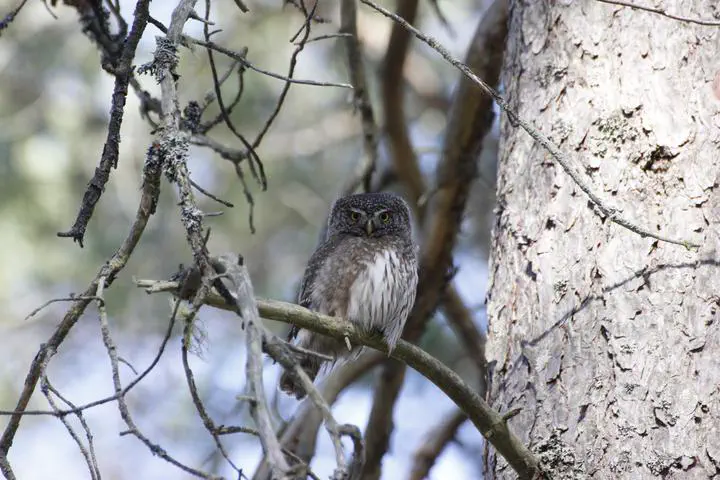Estimating the long-term repeatability of food-hoarding behaviours in an avian predator

Abstract
Food-hoarding behaviour is widespread in the animal kingdom and enables predictable access to food resources in unpredictable environments. Within species, consistent variation among individuals in food-hoarding behaviours may indicate the existence of individual strategies, as it likely captures intrinsic differences in how individuals cope with risks (e.g. starvation, pilferage). Using 17 years of data, we estimated the long-term repeatability of 10 food-hoarding behaviours in a population of Eurasian pygmy owls (Glaucidium passerinum), a small avian predator subject to high temporal fluctuations in its main prey abundance. We found low repeatability in the proportion of shrews and the average prey mass stored for both sexes, while females were moderately repeatable in the mass and the number of prey items stored. These two pairs of behaviours were tightly correlated among individuals and might represent two different sets of individual strategies to buffer against starvation risks.